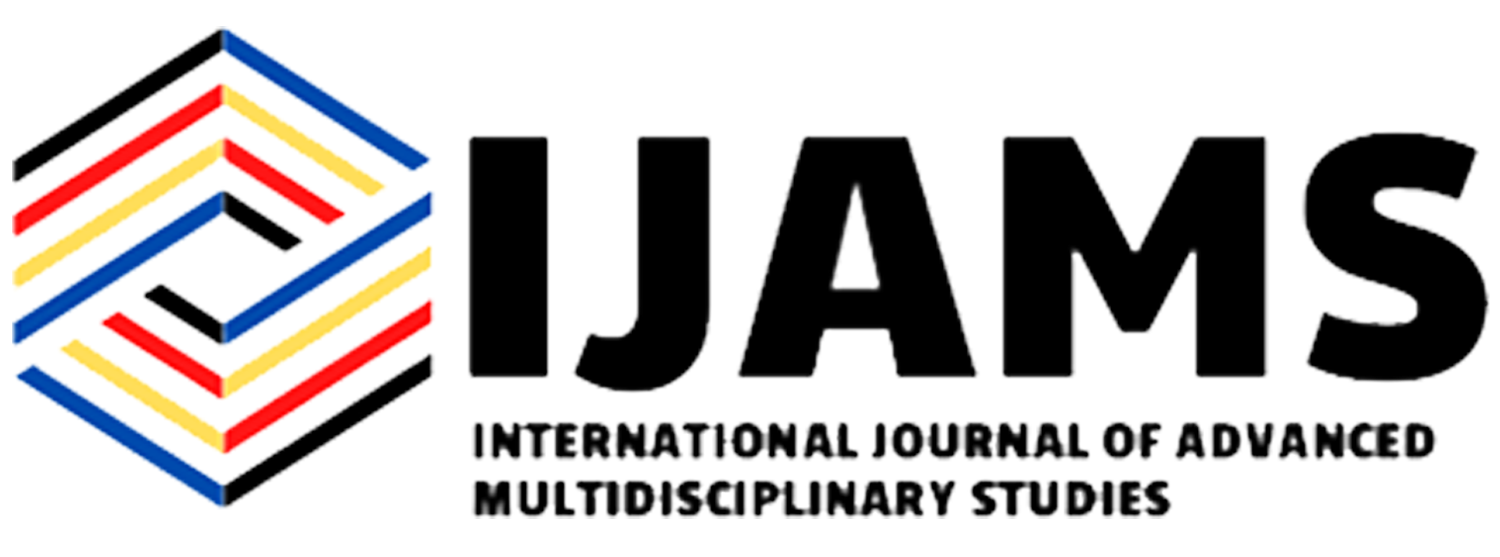ISSN: 2782-893X
eISSN: 2799-0664
 ISSN: 2782- 893X
ISSN: 2782- 893X


—— This study aimed to Determine effectiveness of Interactive Instructional Materials through Marungko Approach to the Test performance of the Grade 3 Pupils in English. The findings of the study served as a basis of a proposed Instructional Supervision plan. The method used to gather relevant data was Quasi Experimental Research Design for Grade 3 pupils to complete in the 2nd grading period and the performance of the respondents was based on their test scores before and after the Interactive Instructional Materials through Marungko Approach has been introduced and delivered in the classroom during the teaching and learning process. The output of this study is to provide intervention plan to help the teachers to create a more effective learning processes that would help the learners to improve their literacy performances in English. Table 3 presents the test of difference between the scores in the pre-test and post-test of Grade 3 learners in English particularly in Reading using the different reading tools such as block-out oral reading test materials and Phil-IRI. This result was based from the things that they have learned before the integration of the interactive instructional materials using Marungko approach as well as after the aforementioned intervention was being integrated in teaching reading to the learners in key stage 1 specially to the Grade 3 learners was made by the teachers to the learners during the delivery of the lessons in 4 weeks’ time from the implementation of the intervention. In this table also, the results on how the hypothesis will be accepted or rejected based on the actual findings of the study whether the intervention to verify whether there was impact on the intervention to the reading performance of the Grade 3 learners. Based on the results in table 3, it shows the test of difference between the scores in the Pre-test and Post-test of Grade 3 Pupils in English which offers important insights into how the Marungko Approach’s integration of interactive instructional materials affects language proficiency. The null hypothesis (Ho) is rejected as a result of the computed ttest value which is higher than the critical t-value and highlights the importance of the intervention in enhancing students’ English language proficiency. The mean scores of the pre-test and the post-test demonstrate a significant improvement in language competency. The statistical significance of this improvement is further confirmed by the computed t-test value. The choice to reject the null hypothesis is consistent with the observable enhancements in the learners distribution across proficiency categories. The effectiveness of the interactive instructional Materials through Marungko Approach is demonstrated by the change from a majority in the Fair and Poor categories in the pre-test to a majority in the Excellent and Very Good categories in the post-test. This noteworthy modification demonstrates how well the intervention addressed the noted difficulties in Grade 3 students’ English language proficiency. The calculated t-value, which is greater than the critical value, highlights the practical application of the Marungko Approach in addition to statistical significance. The Weighted Mean increased significantly from Fair to Very Good, highlighting the intervention’s usefulness in improving learners’ language learning outcomes. The fact that the null hypothesis was rejected suggests that the observed improvements are indeed attributable to the Marungko Approach rather than being the product of random variation. This finding, which implies that the use of Interactive Instructional Materials directly and favorably affects Grade 3 students’ language proficiency. It indicates that the Marungko Approach has had a significant positive impact on language proficiency. The decision has practical implications as evidenced by the significant improvement in the Weighted Mean in the pre- in the post-test, which indicates a qualitative improvement in the language proficiency of Grade 3 students overall. A positive and transformative impact on the language learning outcomes of the learners is suggested by the comparison of the pre- and post-test results, which show that the intervention has successfully moved the students from lower proficiency categories to higher ones. Keywords — Effectiveness Interactive Marungko Performance Grade 3 Learners English